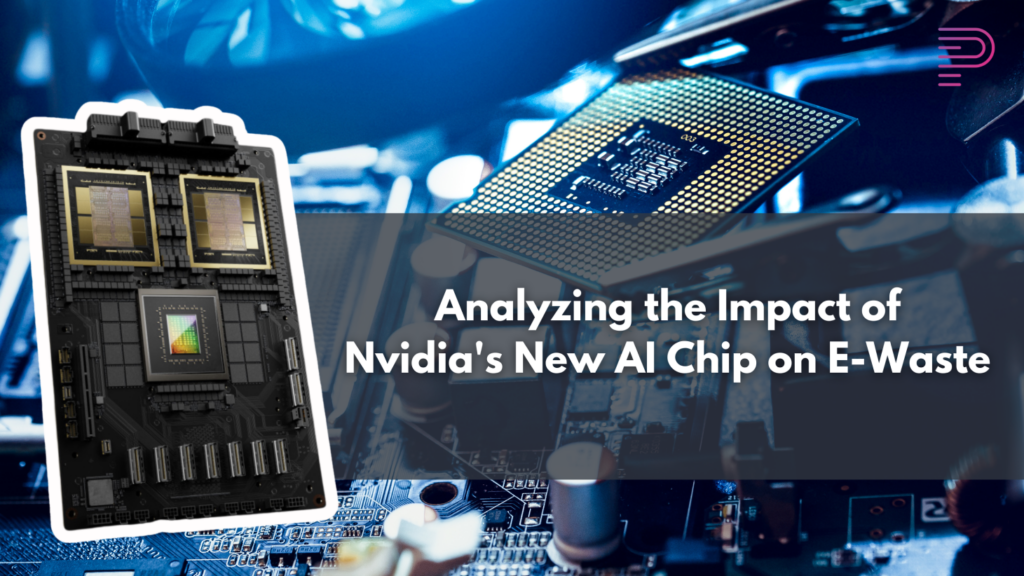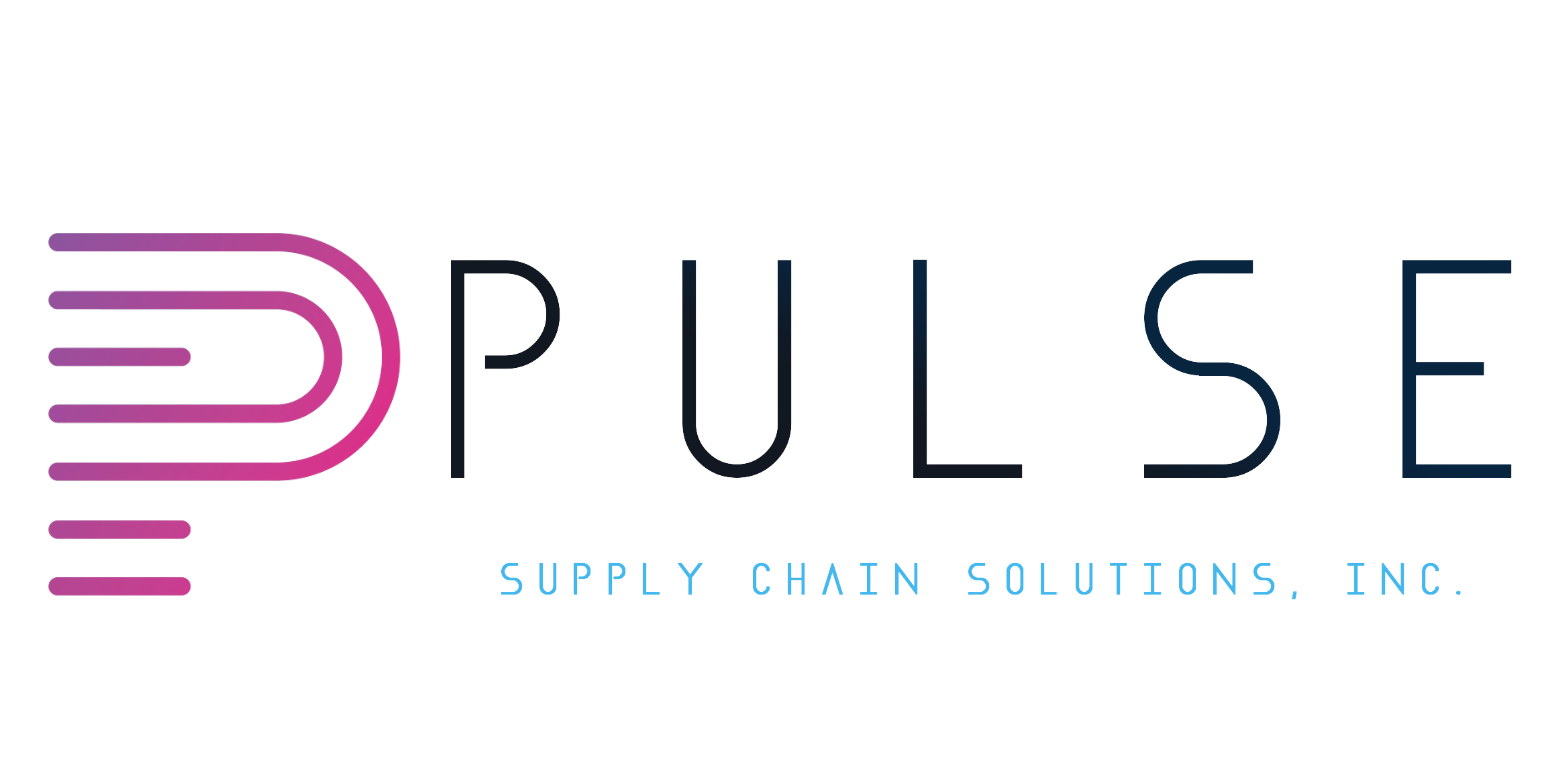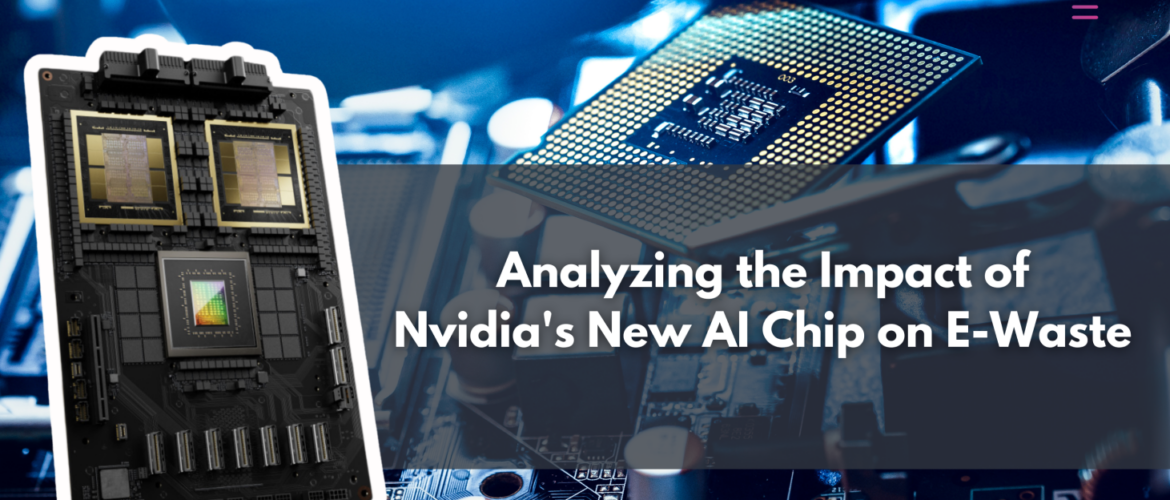
As technology continues to advance at an unprecedented pace, the issue of electronic waste (e-waste) has become a growing concern globally. With the introduction of Nvidia’s new chip architecture called Blackwell, there are both opportunities and challenges for electronic recycling companies. Today we dive into the potential impact of this cutting-edge technology on e-waste management from our perspective on the electronic recycling industry.
The Rise of Blackwell (Nvidia’s New AI Chip architecture)
Nvidia, a leading technology company renowned for its graphics processing units (GPUs), has been at the forefront of innovation in artificial intelligence (AI) and machine learning (ML) technologies. In recent years, Nvidia unveiled its latest AI chip, boasting superior performance and efficiency compared to its predecessors. This chip promises to revolutionize various industries, from healthcare to autonomous vehicles, by powering advanced AI applications with unmatched speed and accuracy.
Potential Implications for E-Waste Management
While the introduction of Nvidia’s new AI chip presents numerous opportunities for technological advancement, it also raises concerns regarding e-waste management. Electronic recycling companies are tasked with responsibly disposing of outdated or obsolete electronic devices, including components such as GPUs and AI chips. Here are several ways in which Nvidia’s new AI chip could impact e-waste management:
Increased Adoption of AI-Enabled Devices: With Nvidia’s AI chip driving innovation across industries, there is a likelihood of increased adoption of AI-enabled devices and systems. This could lead to a surge in the production and eventual disposal of electronics containing these advanced chips, contributing to the growing volume of e-waste.
Complex Recycling Processes: The integration of AI chips into electronic devices introduces greater complexity to the recycling process. Unlike traditional components, AI chips may contain sensitive architectural proprietary data like algorithms that require specialized handling during recycling. Electronic recycling companies must invest in advanced technologies and expertise to safely extract and dispose of these components without compromising data security or intellectual property rights.
Resource Recovery Challenges: Nvidia’s new AI chip may incorporate rare earth elements and other valuable materials essential for its functionality. Electronic recycling companies face challenges in recovering these resources efficiently from discarded devices, particularly as AI chips become more intricate and integrated into complex electronic systems. Effective resource recovery is crucial for reducing reliance on virgin materials and minimizing environmental impact.
Environmental Concerns: E-waste contains hazardous substances such as lead, mercury, and cadmium, posing significant environmental and health risks if not properly managed. The proliferation of AI-enabled devices powered by Nvidia’s new chip amplifies these concerns, as improper disposal or recycling practices could result in the release of harmful toxins into the environment. Electronic recycling companies must prioritize sustainable practices and compliance with regulations to mitigate these risks.
Opportunities for Innovation and Collaboration
Amidst the challenges posed by Nvidia’s new AI chip, there lie promising opportunities for innovation and collaboration within the electronic recycling industry. One significant avenue is the potential for the chip’s enhanced efficiency to reduce hardware requirements and prolong the lifespan of AI devices.
By harnessing the power and efficiency of Nvidia’s latest AI chip, electronic devices may require fewer components to achieve the same level of computational prowess. This optimization can lead to the production of AI devices with smaller footprints and lower power consumption, ultimately resulting in fewer electronic devices being discarded as e-waste.
Furthermore, the efficiency gains offered by Nvidia’s new chip have the potential to extend the lifespan of AI devices. With improved processing capabilities, these devices can remain viable for longer periods without the need for hardware replacements or upgrades. However, it’s important to acknowledge that this prolonged lifespan presents a double-edged sword. As AI technology rapidly evolves, even these advanced chips may become obsolete within a relatively short time frame of 2-3 years. This rapid pace of innovation could potentially lead to a higher turnover of devices in the long run, offsetting some of the benefits of extended lifespan in terms of reducing e-waste generation.
In light of these opportunities, electronic recycling companies can play a pivotal role in promoting sustainable consumption practices within the tech industry. By advocating for longevity and durability in device design and encouraging responsible consumer behavior, companies can contribute to the reduction of e-waste while advancing the principles of circular economy.
Moreover, collaboration between electronic recycling companies and technology manufacturers like Nvidia can drive the development of sustainable solutions for e-waste management. By working together to design products with end-of-life recycling in mind and implementing take-back programs, companies can foster a culture of environmental responsibility and resource conservation.
Ultimately, by embracing the efficiency benefits of Nvidia’s new AI chip and promoting sustainable consumption practices, the electronic recycling industry can lead the way towards a more sustainable future, where electronic devices are designed, produced, and disposed of in a manner that minimizes environmental impact and maximizes resource efficiency.


